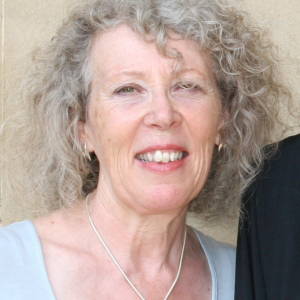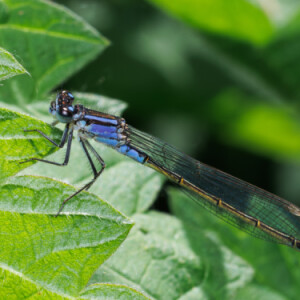Praenubila
This morning the Orchard Pond at Cleeve Prior Community Orchard was being ruled by a pair of Four-spotted Chasers. They were, of course, chasing each other, but they also set on any other large insects they noticed trying to access the pond. This was a little annoying for me because one of those creatures was a Hairy Dragonfly, and I hadn't managed a decent shot of him before the Chasers saw him off. One of them even swooped at a queen Hornet, but saw the error of his ways before contact could take place, and veered away in search of less well-armed victims.
When you record Odonata, you're often asking the BDS verifiers to take a certain amount on trust. For example, I recorded a Broad-bodied Chaser at Cleeve the other day which I hadn't managed to get on camera. Luckily though, the Worcestershire County Recorder knows me and seems to think I'm reliable, because he accepted the record - his confidence doubtless boosted by all the records I submitted from this site last year, which gave both of us a good idea of what to expect out of the seven ponds there this season.
The other element of a record that can be problematic is when you only manage to get one individual on camera, but state that you've seen, say, five - in which case, some verifiers will give only a qualified approval: Considered correct, as opposed to Accepted. But obviously what nails the record is if you say there were two, and your photos show two clearly different individuals. In the case of Four-spotted Chasers, it can even be difficult to distinguish between males and females, let alone between individuals of the same sex. But today's Four-spots were quite distinctive - though I didn't realise it until I examined my photos on a big screen - because this one is the form known as 'praenubila', and the other is not.
Libellula quadrimaculata praenubila has black smudges around its wing spots (quite modest in this case, though they can be extensive), for reasons that are believed to be environmental rather than genetic: it's been suggested that higher than normal water temperatures at a particular stage of larval development might cause this "bleed" of colour from the wing spots into the surrounding membranes. This would imply either that these two Chasers developed in different ponds, or that they passed through the relevant larval stadium at different times. Larval development in Four-spotted Chasers is said to take two years, but it wouldn't surprise me to learn that under especially warm conditions it can happen more quickly than that.
Just because she's rather pretty, I've included a second photo tonight, of an immature violacea form female Blue-tailed Damselfly. Her coloured markings are in the process of changing from violet to blue, and when mature she'll be known as Ischnura elegans typica.
Before I go, I must thank everyone who responded so generously to my 4,000th blip yesterday. I really do appreciate all your kindnesses.


Comments
Sign in or get an account to comment.


